How a marine aquarium is created-Part 3: The current
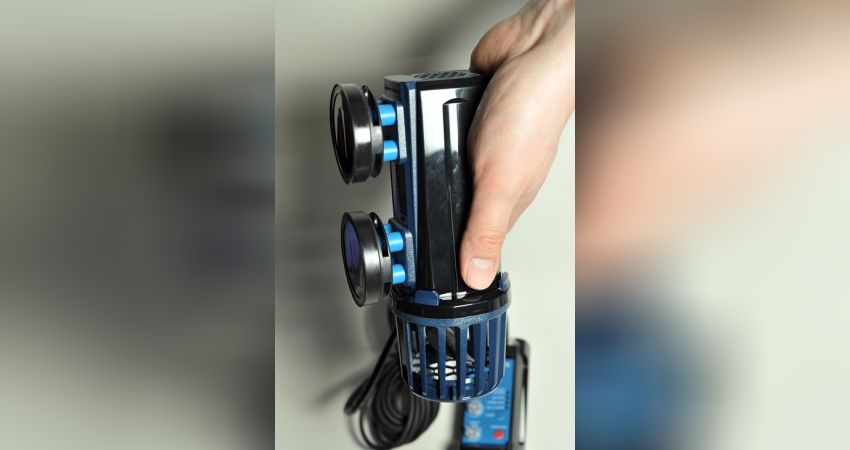
mit Magnenthalter
Unlike in freshwater aquariums, sessile corals need a good and constantly high exchange of water. In the past, 5-10 times the tank volume was assumed, but today we are closer to 20 or more times the volume. The structure of the aquarium and the growth of the animals also have an influence here. Especially well-growing SPS corals swallow a lot of current.
In contrast to freshwater aquariums, sessile corals need a good and constantly high exchange of water. In the past, in the 1990s, we still assumed about 5-10 times the volume of water to the tank volume, today we are more likely to be about 20 to 50 times that. The decorations in the aquarium and the increasing growth of the corals certainly have an influence here. Especially well-growing small polyp stony corals swallow up a lot of stress as they grow.
As described earlier, corals and other sessile invertebrates need a large exchange of water. The reason is obvious, they are sessile and cannot move. The water exchange serves both the exchange of waste matter that is washed away and the absorption of food and oxygen in the newly supplied water. As there is also a lot of suspended matter floating around in a saltwater aquarium, it is also important to prevent these substances from settling in the animals and disturbing them. In particular, we mean detritus deposits on and in the animals. This can be prevented by a good, preferably alternating water flow.
The trade offers many different sizes of flow pumps. Most of these are submersible pumps, i.e. pumps that are completely submerged.
Now we come to the strength of the water movement:
As already mentioned at the beginning, the recommendations made were that you should use 10 times the volume of the tank. This is correct, but really only for the initial and set-up phase. If you stock your tank relatively quickly with hermatypical stony corals, you will probably notice very quickly that as the animals grow, the water flow in the aquarium becomes less and less. This means that over time the animals that are not sitting optimally and other animals that are in front of them suffer a lot of stress.
There are also exceptions:
Whoever now thinks that a strong stroking is the non plus ultra is also mistaken. There are many animals that do not need such a strong current and would feel uncomfortable here. You have to observe your animals well and adjust the current or the location accordingly!
In order to achieve the best possible current distribution, you have the option of using two or even more pumps instead of one large pump, which often results in better current distribution. Multiple alternating flow has also proven to be particularly good. This is especially useful for removing deposits from the bottom when the flow changes suddenly. The trade has suitable devices available for controlling this.
The right spa water can be used.
Two or more pumps that can be controlled together are a lot of fun. Here we show you the solution chosen for our aquarium, based on the Tunze Stream 3.
First of all, here is a pictorial introduction to the Tunze Stream 3:
Tunze Stream 3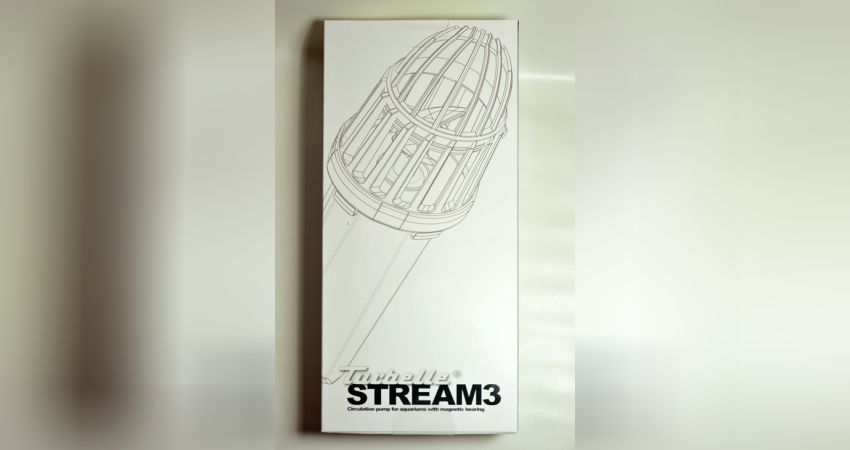
Bombig verpackt.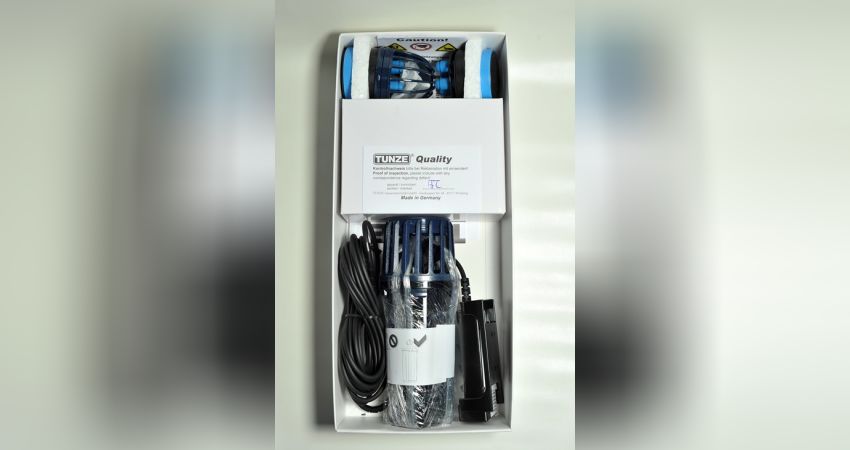
Tune Stream 3 mit Controller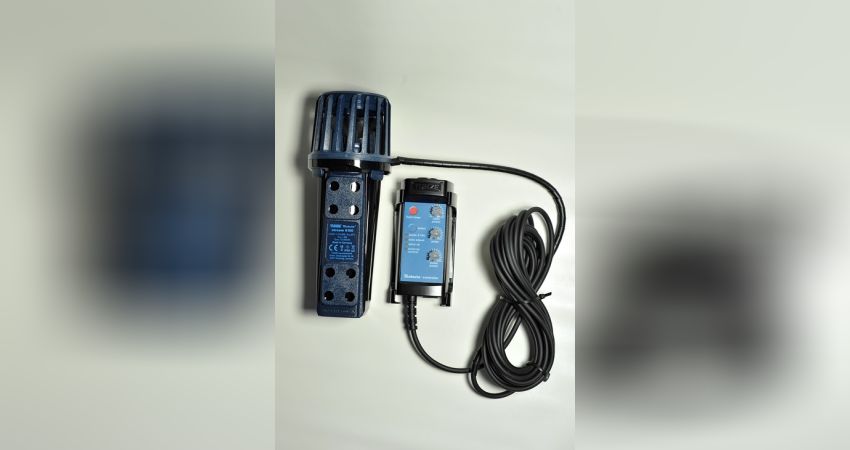
mit Magnenthalter
der Rotor im Gehäuse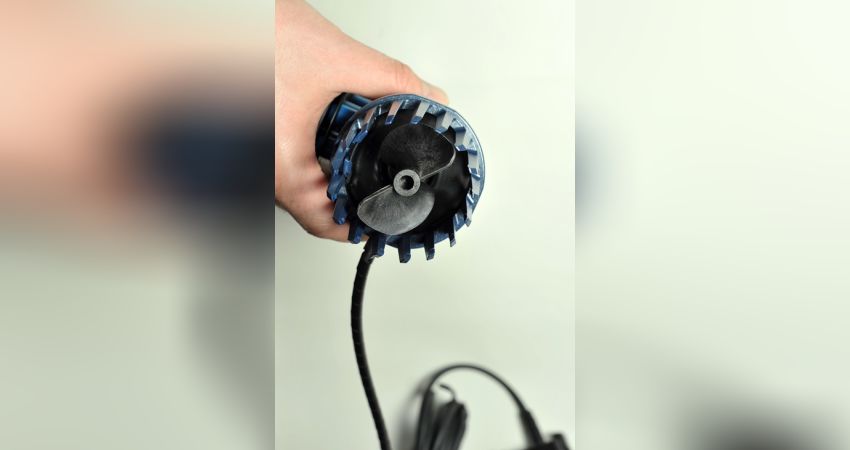
beeindruckend lang :-)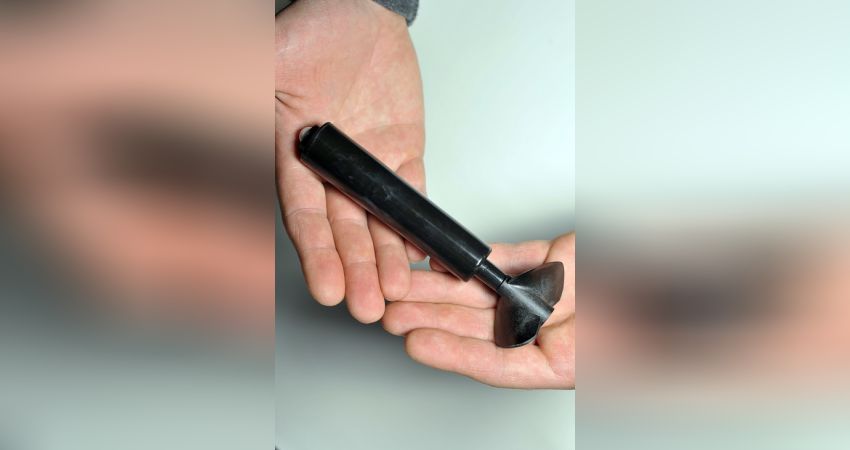
We show the operation in a saltwater aquarium and the control of two Stream 3 üvia one controller in another video still to follow.
The video of the Stream 3, part 1
.How do you like this article?
Info
Author

Bookmark
Comments
Topics
Similar articles
- 11 - Calcium supply:
- 23 - Crustose disc anemones and soft corals:
- 07 - Heating in the aquarium
- How a marine aquarium is created Part 48-49: The new Maxspect Jump LEDs L165. 2 videos available
- How a marine aquarium is created Part 44: Changes are coming!
- 14 - Part 1 Filter systems - DSB
- How a marine aquarium is created-Part 15 and 16: first corals, cleaning crew and algae phases
- How a marine aquarium is created Part 38: When corals become entangled, the fight for settlement space
- How a marine aquarium is created Part 31: No more filter socks!
- 29 - Surgeonfishes Part 1
Comments To the top
Please register
In order to be able to write something yourself, you must register in advance.






